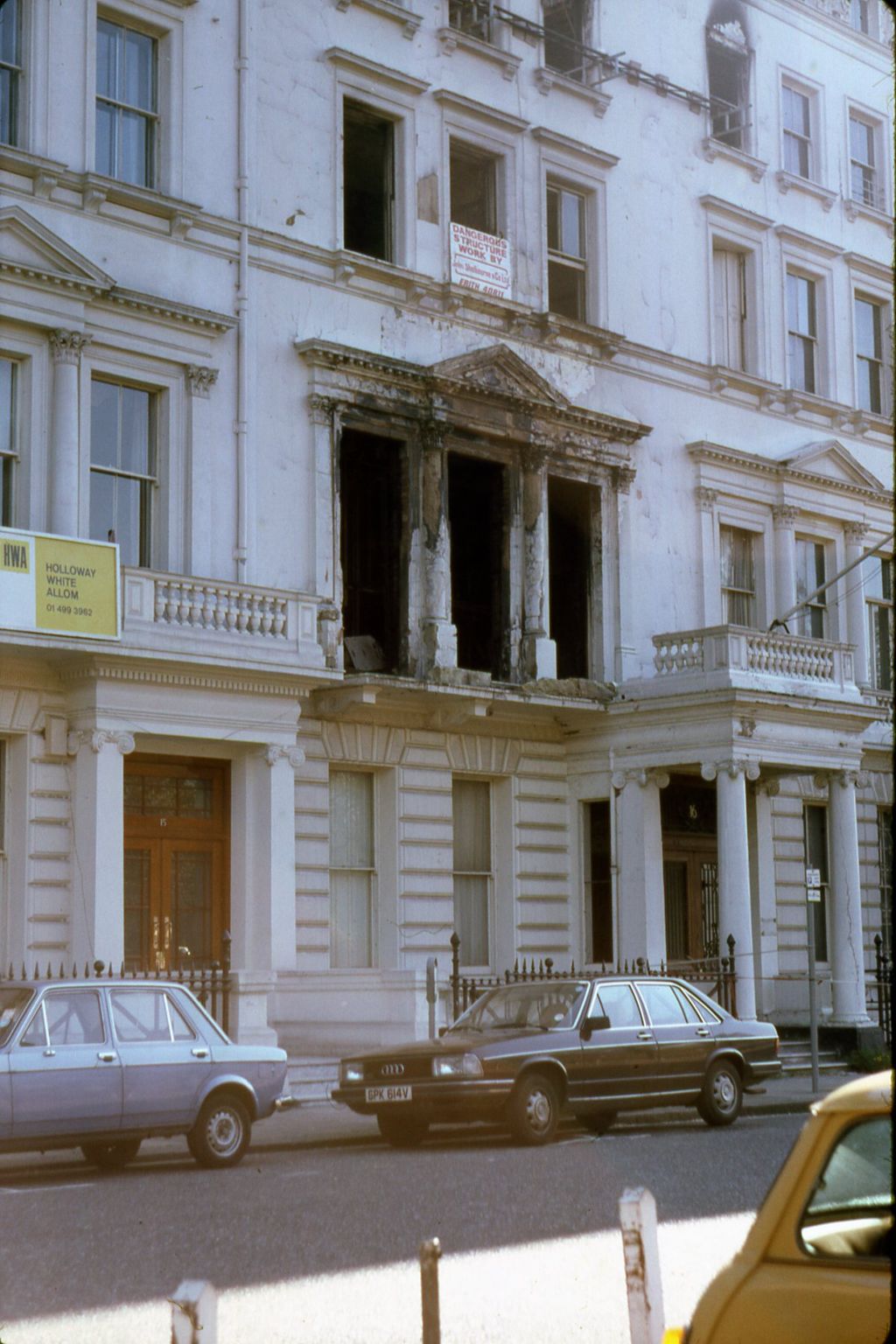Operation Nimrod was a military operation conducted by the Special Air Service (SAS), a special forces unit of the British Army, in 1980. It took place at the Iranian Embassy in London, which was taken over by six armed militants belonging to an extremist group.
Operation Nimrod is widely regarded as one of the most significant and successful counter-terrorism operations in British history. The operation was watched live by millions of people around the world and demonstrated the capability and bravery of the SAS. It was also a turning point in the way that hostage situations were dealt with by security forces and set a new standard for future operations of its kind.
Table of Contents
Background Information
Historical Context
The Operation Nimrod took place in the context of the Iranian Revolution in 1979, which resulted in the fall of the Shah of Iran and the establishment of an Islamic republic. This revolution led to a power struggle in Iran and resulted in increased political tensions and violence in the country. The Iranian Embassy in London became a focal point for the Iranian opposition and was used as a base for their activities in Britain.
The Event that Led to Operation Nimrod
On April 30, 1980, six armed militants belonging to an extremist group took over the Iranian Embassy in London, taking 26 hostages and demanding the release of political prisoners in Iran. The militants threatened to kill the hostages if their demands were not met, and negotiations with the British government broke down after several days.
Parties Involved in the Operation
The operation was led by the Special Air Service (SAS), a special forces unit of the British Army. The SAS was tasked with rescuing the hostages and neutralizing the militants. Other British security forces, such as the Metropolitan Police, also played a role in the operation. The hostages, the militants, and the embassy staff were also involved in the events of Operation Nimrod. The Iranian government, as well as other countries and international organizations, were closely monitoring the situation and its aftermath.
The Operation
Planning and Preparation
The SAS conducted extensive planning and preparation for Operation Nimrod, including reconnaissance of the embassy, training exercises, and simulations. The team had to carefully consider all possible scenarios and develop a plan that would minimize the risk to the hostages and the SAS operatives.
Execution of the Operation
On May 5, 1980, the SAS launched Operation Nimrod, storming the embassy in a well-coordinated and fast-paced operation. The SAS operatives quickly secured the building, neutralizing the militants and freeing the hostages. The operation was over in just 17 minutes, with no fatalities among the hostages and only one SAS operative injured.
Key Events and Outcomes
The Operation Nimrod was widely regarded as a success, with all the hostages rescued and the militants neutralized. The operation demonstrated the skill and bravery of the SAS and set a new standard for future counter-terrorism operations. The outcome of the operation also had a significant impact on the public perception of the SAS and the British government’s handling of the situation.
Challenges Faced During the Operation
The SAS faced several challenges during Operation Nimrod, including the risk of harm to the hostages, the unpredictable behavior of the militants, and the limited information available about the situation inside the embassy. The SAS had to make split-second decisions and take calculated risks in order to achieve the successful outcome of the operation. The operation also required the coordination of several different security forces and the negotiation of complex political and diplomatic issues.
Aftermath of Operation Nimrod
Short-term Consequences
In the immediate aftermath of Operation Nimrod, there were several short-term consequences. The SAS operatives involved in the operation received widespread public recognition and praise for their bravery and skill. The British government also received positive attention for its handling of the situation, and the operation was seen as a demonstration of its commitment to counter-terrorism and the protection of its citizens.
Long-term Effects and Impact
The long-term effects and impact of Operation Nimrod were significant. The operation established the SAS as a world-renowned special forces unit and set a new standard for future counter-terrorism operations. It also influenced the development of counter-terrorism tactics and strategies and had a lasting impact on the public perception of the SAS and the British government’s handling of such situations.
Reactions and Responses from Various Parties
The reaction to Operation Nimrod was generally positive, with praise for the SAS and the British government from various parties, including the hostages and their families, other countries and international organizations, and the media. The Iranian government, however, criticized the operation, and there were some negative responses from some quarters of the British public who felt that the SAS’s use of force was excessive. Despite these criticisms, Operation Nimrod remains widely regarded as a successful counter-terrorism operation and an important event in British history.

Operation Nimrod remains an important event in British history and is widely regarded as a successful counter-terrorism operation. It demonstrated the skill and bravery of the SAS and had a lasting impact on the development of counter-terrorism tactics and strategies. The operation also influenced the public perception of the SAS and the British government’s handling of such situations.
The legacy of Operation Nimrod is a subject of ongoing reflection and debate. While the operation is widely recognized as a success, some have criticized the SAS’s use of force and the political and diplomatic implications of the operation. Regardless of these criticisms, Operation Nimrod remains a significant event in British history and a testament to the skill and bravery of the SAS. Its legacy continues to shape the development of counter-terrorism tactics and strategies and the public perception of the SAS and the British government’s handling of such situations.

